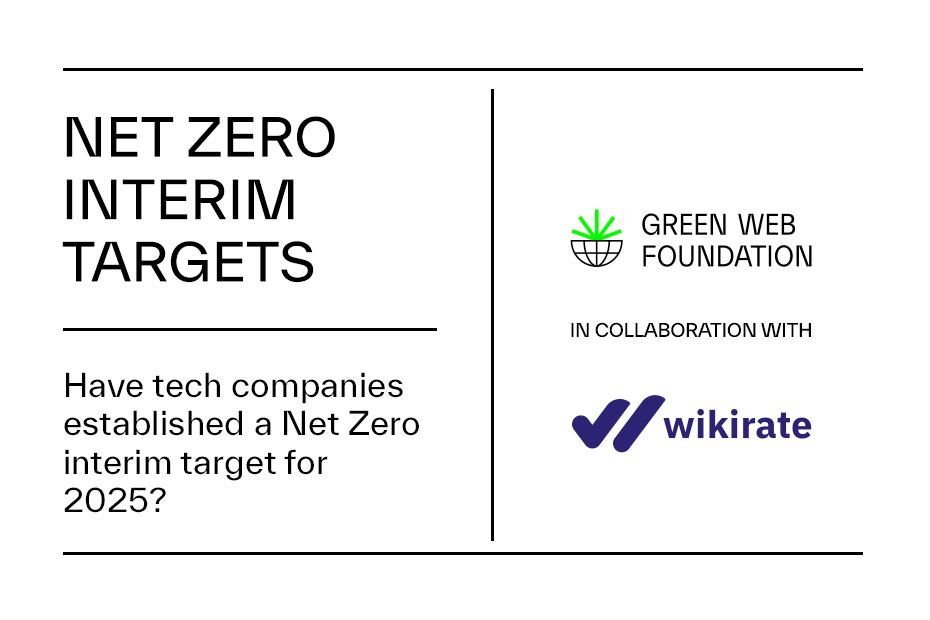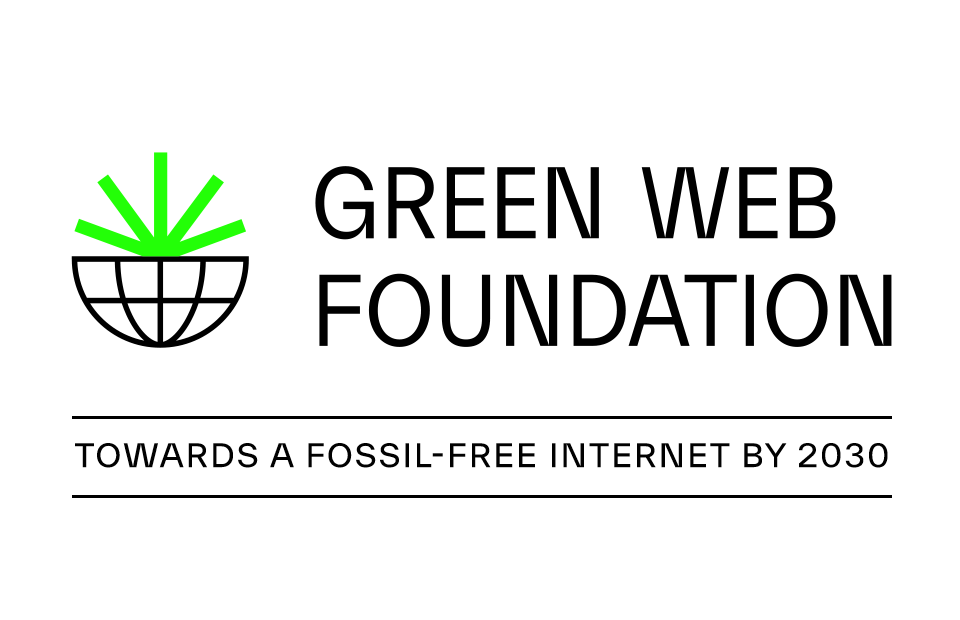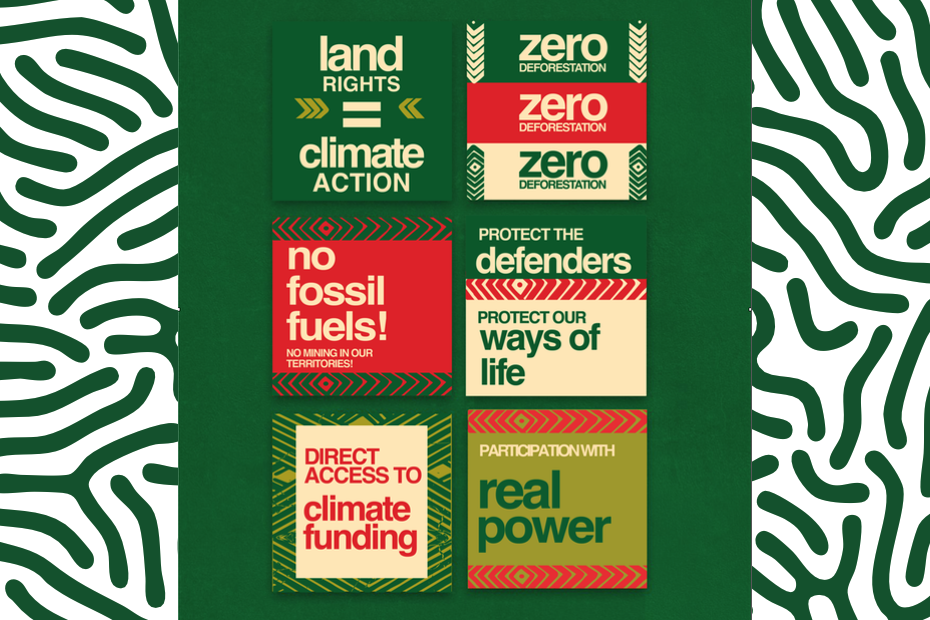Over this summer, we ran a project with our friends at Wikirate – a non profit dedicated to the idea of “Wikipedia, for corporate social responsibility data” – to understand how much of the internet is covered by credible Net Zero targets. We finished collecting the data earlier this month – read on to find out how it went, and what happens next.
As mentioned before in an earlier blog post, at Green Web Foundation we are working towards a fossil free internet by 2030. For that to be possible, we believe that organisations that make up significant parts of the internet need to both a) make clear public commitments on climate as a signal to their own stakeholders and b) follow through with action.
So, over the summer, we worked with a small number of volunteers (thank you Lucia, Sue, Aurelien and Clara!) to crowdsource a dataset of information about the climate commitments from companies that make up most of the global usage of the internet.
Working out which companies to research
To work out which companies make up this usage, we used the Cisco Systems Umbrella Popularity List – an open dataset of the most queried domains, based on usage data from networking hardware created by Cisco Systems. This is not a perfect measure, but it has the advantage of being an frequently updated, openly licensed, and global.
Once you know which domains are being looked up, you need to figure out who actually owns these domains, so you know which company to research.
In some cases it’s really easy, like Apple the huge tech firm being linked to apple.com. But in other cases it’s less obvious – like linking the multinational Meta Platforms Inc, to facebook.com, instagram.com or whatsapp.com, or even linking yahoo.com to Apollo Global, a hedge fund who now own the controlling stake in the company.
This was a manual process – and it’s somewhat mind boggling that in 2023, we don’t really have a fast, automated, reliable way to link a website or domain to the legal entity responsible for it – but doing this at least gave us a short list of 20 companies to start with.
Of these companies, 12 were based in the USA, 5 in China, 1 in Korea, 1 in Australia, and 1 in Russia. The full list of companies is linked in the dataset we have created on Wikirate, helpfully called “Companies behind the most queried domains on the internet”. You can also see the spreadsheet we used to link to domains from Cisco’s Systems usage data to company profiles on Wikirate.
Crowdsourcing information on targets
Once we had this information, we were able to cross-reference this with company profiles on Wikirate.
Wikirate is an absolute trove of information about companies, and one great thing about their model is that once a report or document is uploaded for one study on their platform, it’s automatically available for any other study to use as well.
This helps us. It means we’re not starting from scratch when looking for info about whether a company has a credible target and plan. It also means that when we upload a document for our research it helps other researchers too.
Company information can be surprisingly hard to find – in many cases it’s locked up in obscure sections of PDF files or websites – so this was a huge time-saver, and makes it possible for others to build on this work going forward.
For example, while we care about getting the internet off of fossil fuels, we still need to think about supply chains associated with renewable energy, because there are still issues related to labour rights that need attention. How many of these companies also have meaningful policy on modern slavery too for example? We can get an idea by comparing our list against that question on wikirate too.
So what did we look for?
We know there’s a lot of work ahead of us to decarbonise the internet, and we know a lot of companies have made a lot of money from the internet too. But it’s not clear that companies are spending that money to move at the speed the science spells out is necessary.
For context, in the last 18 months tech firms spent twice as much money buying their own shares as it would cost to replace every coal-fired power plant on earth and replace them with clean energy. If this is possible for tech firms, this suggests there’s scope for moving faster on climate. But it’s less of a priority than boosting a company’s share price.
So, the key piece of information we were looking for was the existence of a clear, credible, public commitment, made in a way that results in meaningful near-term action.
For this, rather than concoct our own definitions, we used the guidance from New Climate Institute. They have extensive experience making sense of corporate commitments and publish an annual summary of what the different frameworks for tracking progress mean. We based our questions on their guidance in their Corporate Sustainability Monitor for 2023, and you can see an example of their guidance on targets below:
This is quite wordy, and Wikirate is based around the concept of asking specific questions you can compare across a range of companies. So we boiled this down to two questions. The first was simple:
1. Does a company have interim targets for Net Zero?
Our thinking was that by now, most large companies have a Net Zero target. But if you just have a single Net Zero target, it leaves room to talk a good game about being a responsible corporate citizen, without actually needing to follow through with any action. Essentially, without interim targets, you can have a Net Zero target that looks like this:
A more equitable Net Zero target, with some interim targets informed by the science would mean the path to zero would look like this:
The second question we asked was a simple yes / no question:
2. Does the company have an interim target for 2025?
Given that we’re coming to the end of 2023, based on the guidance from the New Climate Institute, it seems a good indicator of whether an organisation is gearing up for meaningful action or not.
We also chose it because outside of the tech sector, we have a helpful reference point for transparency on Net Zero in the form of British Petroleum, the multinational oil company.
British Petroleum, or bp for short, is known for popularising the concept of a personal carbon footprint to draw attention away from its own polluting activity. However, if you look at their own reporting, they also have relatively clear, public commitments about their own plans this decade.
Don’t believe us? The table below was taken from bp’s own sustainability report below, when referenced in recent work from Carbon Tracker’s analysis of the oil and gas industry. These show you clear targets, referring to agreed ways to talk about carbon pollution from your organisation, and from your supply chain:
The point here isn’t to say how great bp is – it’s more about where the bar should be set, so we’re calling this the bp test:
The BP test:
We think that if a company wants to be seen as a leader on climate in the tech sector, then it’s fair to ask them to at least meet the benchmark of being as transparent about their plans as a multinational oil company.
If they aren’t, any claims of being a leader on climate are that much harder to swallow, and in our view should be treated with more skepticism.
So, what did we find?
One of the things about researching in the open is that it makes it harder to control when people come across your findings, and some of the context can be lost along the way.
Now that we’ve researched the 20 companies, you can get early sight how many of these top 20 companies appear to have evidence in the public domain about their plans, and to see if they pass “the BP test”.
However, we think it’s useful to share these findings with a bit more narrative about what this tells us, some helpful charts, and what we’ve learned about crowd sourcing in our next post. Stay tuned.



